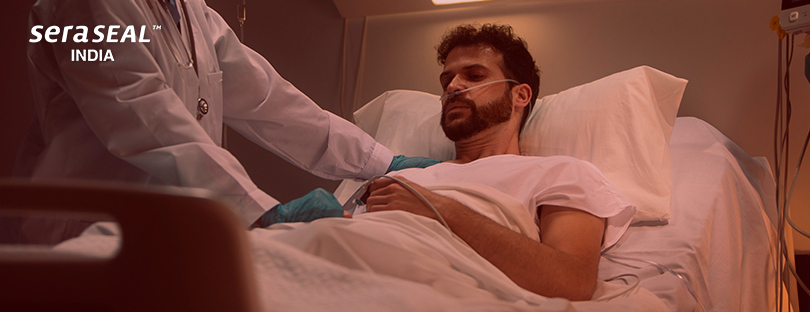40 million lives were lost in the First world war from 1914 to 1918.
And research says 25% of the deaths on the battlefield are preventable.
According to an unpublished study from the U.S. Army Institute of Surgical Research, with high-tech medical equipment and better medical facilities, 1 in every 4 wounded troops could have been saved.
90 % of life is preventable with the aid of correct treatment for “bleed-outs.”
With the navy being targeted a lot, introducing new gadgets would supposedly prevent “bleed-outs.”
The Combat Ready Clamp used during the war is designed to slow down bleeding in the nick of time. This bloodshed can be stopped with the tool. An Abdominal Aortic Tourniquet is a belt-like tool that is to be cuffed onto the stomach. It affords strain to gradually down blood float and saves you from major blood loss.
You must think that having blood banks readily available would make blood transfusions much easier.
#Did you know the notion of the first “Blood Bank” started in W W
Tracing back to the first biggest war humanity has ever witnessed, Oswald Robertson became the first blood banker ever.
Terrible results, challenging methods, blood transfusion at the beginning of the first World War was shaky grounds. The direct surgical strategies of arteriovenous anastomosis proved ineffective in the emergencies of trauma injuries. Indirect strategies with syringes and garage tubes were often limited and complicated due to blood-clotting.
In the early years of WWI, blood transfusions continue to be rare. Emile Jeanbrau successfully executed the French military’s first transfusion on 16 October 1914. However, the new concept come here from the Canadian Army Medical Corps (CAMC) surgeons. Transfusions have become more frequent, mainly as a part of pre-operative knowledge in instances of injury, shock, and hemorrhage.
The final years (1917-1918) have been marked to use blood banks supported by the developing clinical expertise of American doctors.
Oswald Robertson delivered citrated blood in glass bottles, eventually being called “the primary blood banker.” However, blood transfusion remained at some point in WWI rare and technically imperfect.
The only good thing that could come out of the bloodshed during wartime was the efforts of a few Canadian and American doctors.
This turned out to be a remarkable possibility for diffusion and improvement.
What does the study find out about this?
The study additionally had a breakdown of the types of injuries that the warmen would suffer, which eventually lead to death.
- 65 % have been because of an explosion
- 22 % to gunshot wounds
Dismemberment changed into the principle motive of immediate death. At the same time, demise due to mind damage and coronary heart and thoracic damage came second.
Despite those grim numbers, the fight has in no way been safer. On the contrary, soldiers have a far better hazard of surviving a wound nowadays than in preceding wars. As a matter of comparison, in Vietnam and World War II, 16.1 % and 19.1 % of all accidents led to death.
Bottom Line
Simply put, the army requires detailed knowledge about enhancing its instantaneous reaction to injuries and getting higher at treating wounds within the field.
Troops are rushed into trauma care quicker than before. They have improved ways to enhance medicinal drug and rescue operations in the army.
The observation exhibits that ninety percent of the 4,596 deaths took place earlier than the injured troop reached a clinical facility. Only 506 made it to a clinical center before dying.
But understanding the critical parameters of the situation, we’ve paved the way to better scenarios with the help of innovative blood-stop hemostatics. SeraSeal™ world’s first and only primary hemostatic agent has been introduced in India by Swasth Kare. SeraSeal™ is a revolutionary product that stops bleeding in seconds.
The deaths in the war are the sorts of deaths wherein there may be leeway for improvement.




